The recently launched AMD Radeon RX 6600 XT has a small disadvantage based on the parallel use in notebooks: there are electrically only a total of 8 lanes connected to the PCIe 4.0. Of course, this is nominally enough for such a FULL HD card, which you can also still use quite well in WQHD. But what happens if you only have an older system with PCIe Gen. 3.0? After all, the bandwidth of an older generation connection halved from 16 to 8 lanes certainly costs performance. This was also the case with the much weaker Radeon RX 5500 XT and that’s exactly what we want to find out today.
So dream or nightmare for upgraders with older systems? The RX 6600 XT are quite interesting, because these cards were available as a custom model for a short time at an MSRP of just under 380 Euro, which was still a lot, but still relatively little in relation to the larger cards. Stupidly only that the trade drives up the prices meanwhile already again hand-teasingly up to scarcely 500 euros, although the manufacturers supply to fixed prices. So it’s not up to AMD or the board partners, it’s up to the greedy chain all the way to retail in Germany. There is nothing I can do, except benchmarking and hoping that this madness will finally come to an end and the scalpers will be left with their hoarded devotional objects at the highest possible loss.
Foreword to the review of the Radeon RX 6600 XT with PCIe 3.0
As we know, the AMD Radeon RX 6600 XT relies on the Navi 23 XT GPU, which has 32 compute units or 2048 stream processors. The card also features 32MB of Infinity Cache and 8GB of 16Gbps GDDR6 memory running over a 128-bit wide bus interface, which then gives a total bandwidth of 256GB/s. And it is precisely this that must be able to be used. However, the Radeon RX 6600 XT is only electrically connected to 8 lanes and that’s of course where the questions start.
I have received a lot of feedback from readers of the website and viewers on YouTube. Most of them still use much older systems, which rely on PCIe 3.0 and are often not even suitable for Resizeable BAR (SAM) after a BIOS update. I have noticed in first plausibility tests that SAM can definitely eliminate smaller deficits, but in the end it can’t help to compensate the existing performance loss due to the bottleneck of the 8 lanes at the PCIe 3.0.
Since my benchmark selection includes titles with and without SAM support anyway, to eliminate the inaccuracies I changed both the PCIe slot to Generation 3.0 and the chipset to be as close as possible to the older systems, at least in this regard. In addition, I have disabled SAM in general. SAM could, assuming a really fast “old” CPU and fast memory, of course still save a percentage point or two in the best game and Full HD, but this stroke of luck occurs so rarely that you can actually leave it out. After all, who runs an Intel Core i7-8700K or 9900K overclocked to 5 GHz with such a card?
| Model | RX 6600 XT (MSI) |
RX 6700 XT | RX 6800 | RX 6800 XT | RX 6900 XT | RX 6900 XT LC |
|---|---|---|---|---|---|---|
| GPU | Navi 23 | Navi 22 | Navi 21 | Navi 21 | Navi 21 | Navi 21 |
| Process node | 7 nm | 7 nm | 7 nm | 7 nm | 7 nm | 7 nm |
| The Size | 237 mm2 | 336 mm2 | 520 mm2 | 520 mm2 | 520 mm2 | 520 mm2 |
| Transistors |
11.06 billion | 17.2 billion | 26.8 billion | 26.8 billion | 26.8 billion | 26.8 billion |
| Compute units | 32 | 40 | 60 | 72 | 80 | 80 |
| Shader | 2048 | 2560 | 3840 | 4608 | 5120 | 5120 |
| TMUs/ROPs | TBA | 160/64 | 240 / 96 | 288 / 128 | 320 / 128 | 320 / 128 |
| Game clock | 2428 MHz | 2424 MHz | 1815 MHz | 2015 MHz | 2015 MHz | 2250 MHz |
| Boost Clock | 2607 MHz | 2581 MHz | 2105 MHz | 2250 MHz | 2250 MHz | 2345 MHz |
| Memory GDDR6 |
8 GB | 12 GB | 16 GB | 16 GB | 16 GB | 16 GB |
| Infinity cache | 32 MB | 96 MB | 128 MB | 128 MB | 128 MB | 128 MB |
| Memory bus | 128-bit | 192-bit | 256-bit | 256-bit | 256-bit | 256-bit |
| Memory clock | 16 Gbps | 16 Gbps | 16 Gbps | 16 Gbps | 16 Gbps | 18 Gbps |
| Bandwidth | 256 GB/s | 384 GB/s | 512 GB/s | 512 GB/s | 512 GB/s | 576 GB/s |
| TDP | 160 W | 230 W | 250 W | 300 W | 300 W | 330 W |
Benchmarks, Test system and evaluation software
For the benchmarks, analogous to the launch article of the Radeon RX 6600 XT , I chose the same games and settings, where two games directly handle both DLSS and FSR. The benchmark system was completely changed to PCIe 3.0. This includes the matching X570 motherboard in the form of the MSI MEG X570 Godlike and a select Ryzen 9 5900X that has been water-cooled overclocked (PBO + 500 MHz). Add to that the matching DDR4 4000 RAM from Corsair, as well as several fast NVMe SSDs. For direct logging during all games and applications, I use my own measurement station with shunts and riser card, as well as NVIDIA’s PCAT in games, which adds to the convenience immensely.
The measurement of the detailed power consumption and other, more profound things takes place here in the special laboratory on a redundant and in detail identical test system then double-tracked by means of high-resolution oscillograph technology…
…and the self-created MCU-based measurement setup for motherboards and graphics cards (pictures below), where at the end in the air-conditioned room also the thermographic infrared images are created with a high-resolution industrial camera. The audio measurements are done outside in my Chamber (room within a room).
I have also summarized the individual components of the test system in a table:
| Test System and Equipment |
|
|---|---|
| Hardware: |
AMD Ryzen 9 5900X OC MSI MEG X570 Godlike 2x 16 GB Corsair DDR4 4000 Vengeance RGB Pro 1x 2 TByte Aorus (NVMe System SSD, PCIe Gen. 4) 1x2 TB Corsair MP400 (Data) 1x Seagate FastSSD Portable USB-C Be Quiet! Dark Power Pro 12 1200 Watt |
| Cooling: |
Alphacool Ice Block XPX Pro Alphacool Ice Wolf (modified) Thermal Grizzly Kryonaut |
| Case: |
Raijintek Paean |
| Monitor: | BenQ PD3220U |
| Power Consumption: |
Oscilloscope-based system: Non-contact direct current measurement on PCIe slot (riser card) Non-contact direct current measurement at the external PCIe power supply Direct voltage measurement at the respective connectors and at the power supply unit 2x Rohde & Schwarz HMO 3054, 500 MHz multichannel oscilloscope with memory function 4x Rohde & Schwarz HZO50, current clamp adapter (1 mA to 30 A, 100 KHz, DC) 4x Rohde & Schwarz HZ355, probe (10:1, 500 MHz) 1x Rohde & Schwarz HMC 8012, HiRes digital multimeter with memory function MCU-based shunt measuring (own build, Powenetics software) NVIDIA PCAT and Fr |
| Thermal Imager: |
1x Optris PI640 + 2x Xi400 Thermal Imagers Pix Connect Software Type K Class 1 thermal sensors (up to 4 channels) |
| Acoustics: |
NTI Audio M2211 (with calibration file) Steinberg UR12 (with phantom power for the microphones) Creative X7, Smaart v.7 Own anechoic chamber, 3.5 x 1.8 x 2.2 m (LxTxH) Axial measurements, perpendicular to the centre of the sound source(s), measuring distance 50 cm Noise emission in dBA (slow) as RTA measurement Frequency spectrum as graphic |
| OS: | Windows 10 Pro (all updates, current certified or press drivers) |
- 1 - Introduction and Test System
- 2 - Gaming Performance Full-HD
- 3 - Gaming Performance WQHD
- 4 - Gaming Performance with and without FSR
- 5 - Details: Frames per Second (Curve)
- 6 - Details: Percentiles (Curve)
- 7 - Details: Frame Times (Bar)
- 8 - Details: Frame Times (Curves)
- 9 - Details: Variances (Bar)
- 10 - Power Consumption and Efficiency
- 11 - Overview, Averages and Conclusion














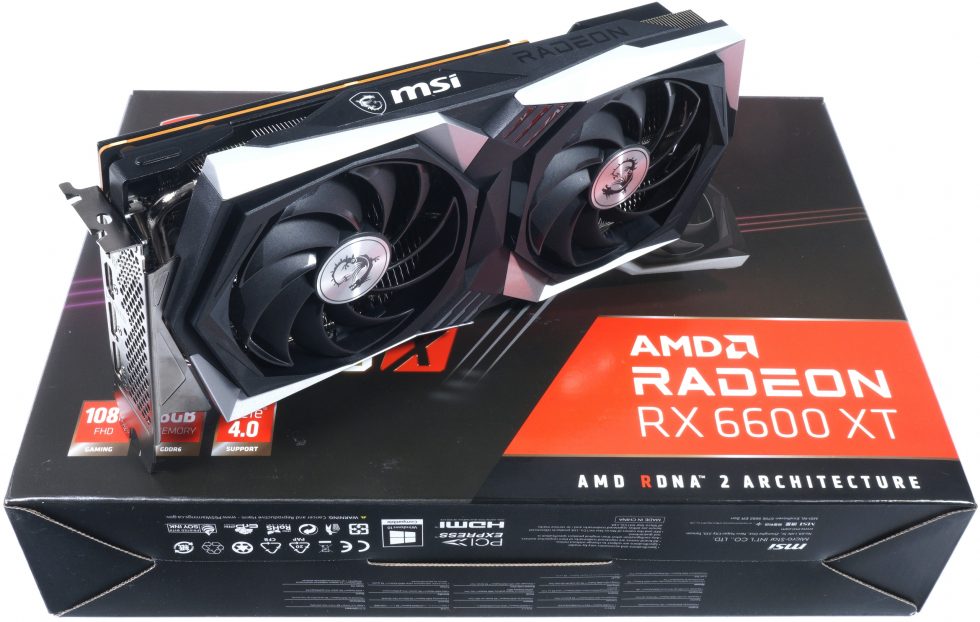
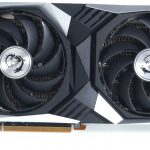
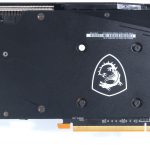
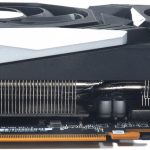
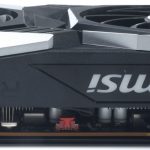
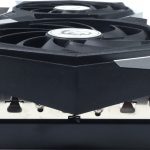
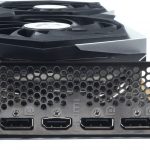
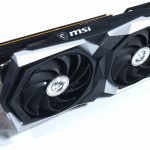
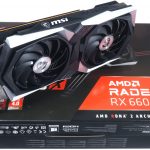
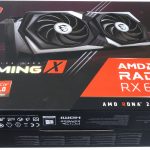
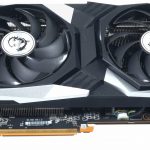


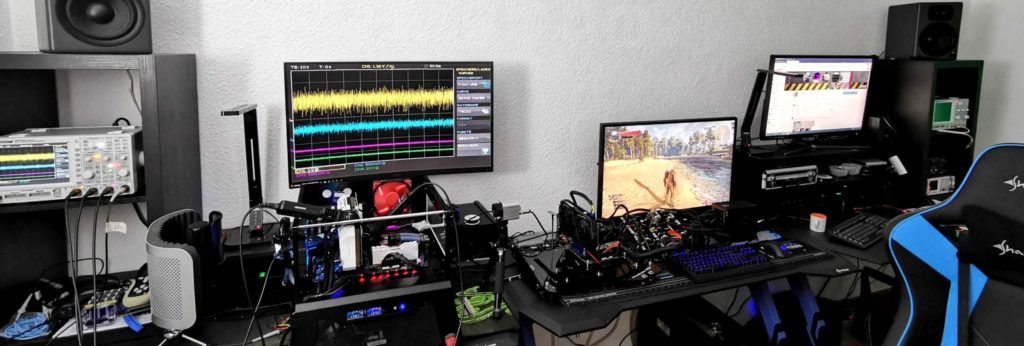
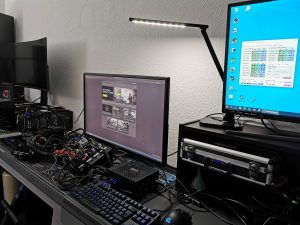
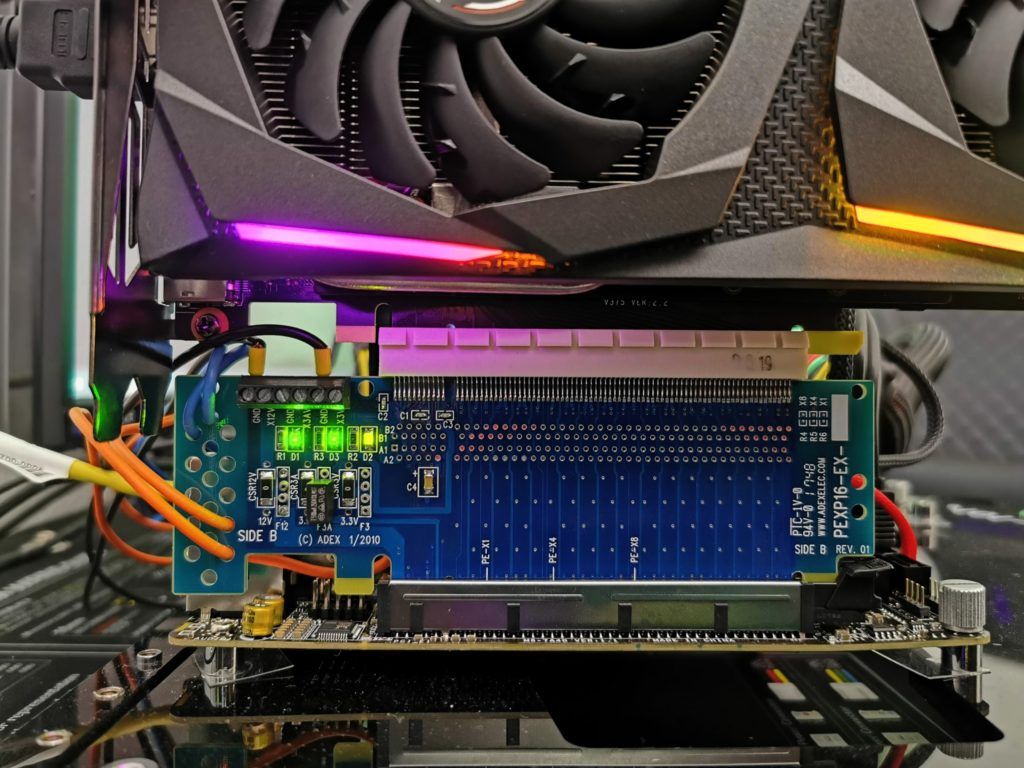
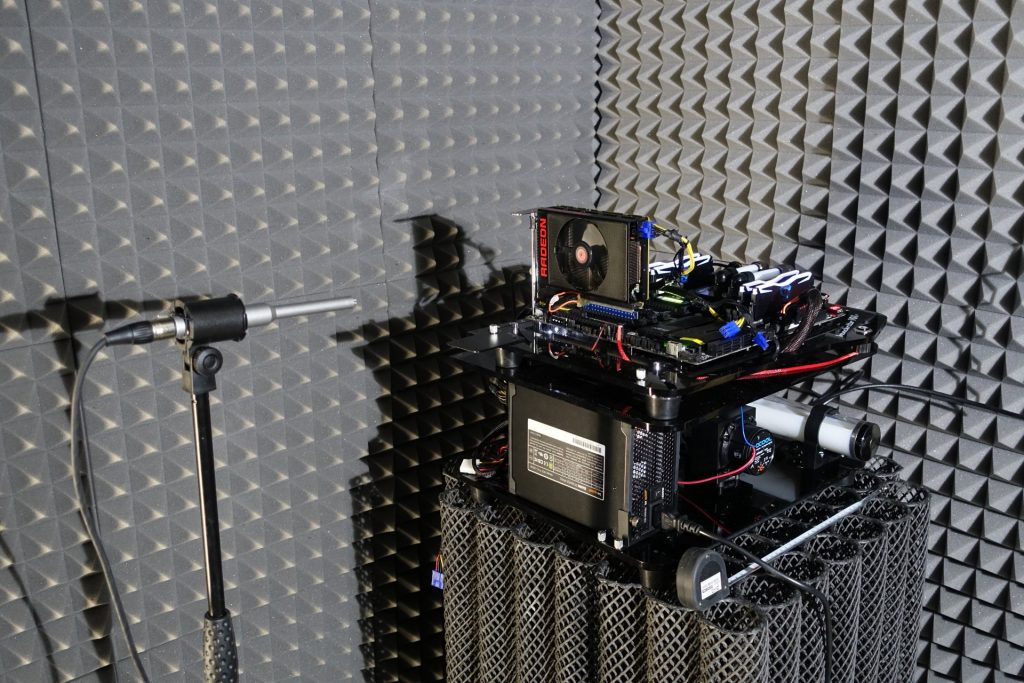

















44 Antworten
Kommentar
Lade neue Kommentare
Veteran
Veteran
Veteran
Veteran
Veteran
1
Veteran
Mitglied
Veteran
Mitglied
Veteran
Veteran
Urgestein
Urgestein
Veteran
Veteran
Veteran
Veteran
Veteran
Alle Kommentare lesen unter igor´sLAB Community →